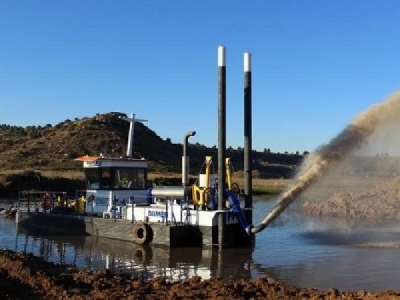
Posted on November 26, 2018
Cities are quickly pushing for new projects deal with dredged materials in the harbors.
The general assembly in Ohio passed Senate Bill 1 in 2015 which prohibits dredged materials from the harbor or any navigation maintenance activities to be deposited into Lake Erie — known as the open-lake method. All eight harbors in the state have to propose an alternative project in place of the open-lake disposal by July 1, 2020.
City Manager James Hockaday said if a city has no proposal or solution in effect by that date, it can no longer dredge their harbor.
The harbors must be dredged to keep the shipping channels open so commodities and vessels can access the ports, according to the Ohio Environmental Protection Agency website.
The Army Corps of Engineers is responsible for the harbors and requires the regular dredging of harbors in Conneaut, Ashtabula, Fairport, Cleveland, Lorain, Huron, Sandusky and Toledo.
Conneaut Harbor is the third largest harbor by tonnage in Ohio. Vessels receive 5.1 million tons of iron ore annually and transport it by rail to the steel mills in Pennsylvania, David Emerman, general counsel and dredge program administrator, said.
The vessels need access to Canadian National’s docks, the harbor’s sole terminal. To get access, the Army Corps of Engineers must remove about 150,000 cubic yards of sediment from Conneaut Harbor biannually.
Emerman said the dredge material removed from Conneaut Harbor is enough to fill a professional football stadium.
Ohio, the Army Corps of Engineering and local stakeholders developed a portfolio of potential solutions for cities to adopt in place of the open-lake disposal.
Emerman organized a “Dredge Summit” in 2016 to generate ideas for alternative solutions after the Senate Bill 1 passed. Three categories emerged from the summit: dredge to soil, dredge to habitat and dredge to farmland.
Each harbor chose which of the three categories best fit their community. Emerman and his team worked with them to refine their alternative.
Hockaday presented a proposal at last week’s budget work session for building a Conneaut Creek Dredge Material Facility. This is a dredge-to-soil project that includes a large basin that rapidly dewaters the dredged material before its removed, blended and sold as topsoil.
This was the most viable option for Conneaut Harbor because its dredge material has a high sand content and is a relatively clean material, Emerman said.
Conneaut’s Creek Dredge Material Facility would cost an estimated $4 million. Ohio anticipates providing the funds to Conneaut for their facility through the Healthy Lake Initiative fund.
Ohio’s Healthy Lakes project fund currently has $20 million to allocate to all the dredge projects across the state. Of that, $10 million was already spent on various projects in Toledo, Cleveland, Sandusky Bay and Cuyahoga River for research, upgrades and dredge to soil operations, he said.
Each project must request funds from the state controlling board first and all are in the process of moving forward with the state controlling board, Emerman said.
Greg Myers, executive director of Growth Partnership for Ashtabula County, said he fully supports Conneaut’s Dredge Material Facility.
“Taking the material, drying it, reusing it and then selling it as a commodity is an extremely creative approach,” he said.
In addition to calling the project unique, Myers said it creates more economic opportunities. Growth Partnership is willing to contribute to investments in the project, whether it’s with the infrastructures or bringing in resources from the city.
Eddy Eckart, consultant for the Ashtabula City Port Authority, said their project is to build a marsh inside of a break wall with the dredge materials. He said the Army Corps of Engineers is designing a small area to put the marsh land, which will be used as a habitat for plants, animals and birds.
The project is likely to be funded by federal dollars provided by the Army Corps of Engineers. The money comes from a fund called 204 Project Money and Ohio will match their funds, said Eckart.
Ashtabula’s next dredge cycle is in 2019 and again in 2021. Eckart said he expects the project to be ready in time for the next cycle when the law takes effect.
The Lake Erie Dredge Material program has three goals: to keep the harbors open, to end open lake disposal and to support local initiatives.
Emerman said each project contributes to the economy and agriculture in some way.
The dredge-to-habitat projects are helpful for birding, improve water quality and have recreational and tourism benefits. The dredge to farmland projects improve the soil structure and the dredge to soil projects have economic development and produce recycling material for construction.
Source: Star Beacon





